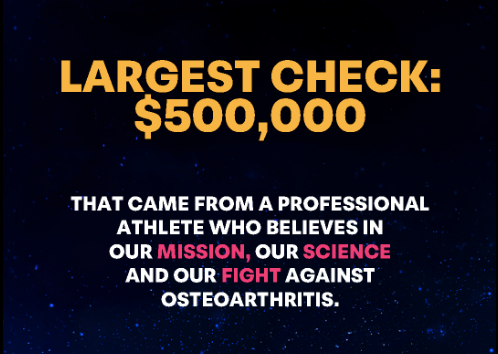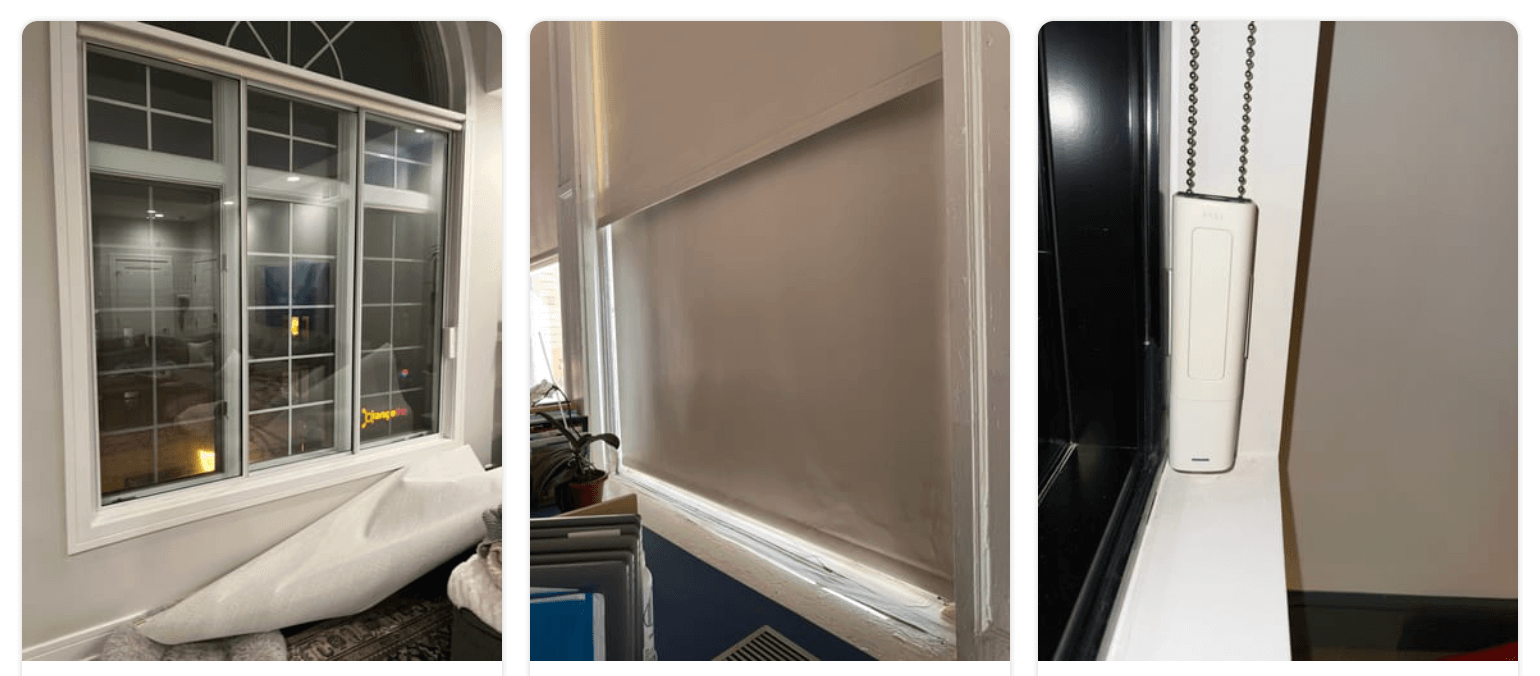What’s the Difference Between Treating and Curing Joint Pain?

And why the distinction could mean everything for over 500 million people worldwide
Imagine this: Your check engine light comes on. You drive to a mechanic. He gives you a sticker to cover the light. That’s what most osteoarthritis (OA) treatments are today.
Painkillers? Temporary relief.
Steroids? Cover up the inflammation.
Joint replacement? The most invasive, expensive options…, which is given only after the damage is done and you’ve been suffering for years.
No one is actually fixing the engine.
The uncomfortable truth about joint pain “treatments”
Let’s call it like it is:
- Cortisone injections = temporary numbing
- NSAIDs (Advil, etc.) = masking the problem
- Hyaluronic acid = expensive joint goo
- Physical therapy = helpful, but limited if the cartilage is gone
None of these stop the underlying cause: enzymes that eat away at your cartilage like termites in a floorboard. They’re coping mechanisms. Not cures.
So… what would a cure actually look like?
Not a miracle. Not a reset button, but a therapy that:
- Stops the enzymes that destroy cartilage
- Induce cartilage repair
- Preserves the tissue that cushions your joints
- Reduces inflammation from the inside out
- Works locally (in the joint) without system-wide side effects
- And creates conditions for your body to heal, not just hang on
This is what CYT-108 is designed to do. It’s not managing the wreckage, it’s removing the wrecking ball and building a new structure entirely from scratch.
Why this distinction matters, especially to investors.
Because drug markets are built around recurring revenue. You sell the same pill, the same shot, over and over. Chronic illness equals steady cash flow.
But a disease-modifying drug? That's a total market shift, that’s category creation. And it’s also why, if CYT-108 delivers, this isn’t just a “new drug”, it’s the first of its kind in a $393B market that’s begging for something real.
Don’t get me wrong. Cytonics is in it to make money (they are a corporation with over 7,000 shareholders and have a duty to create shareholder value, after all)... but not at the expense of human health, well-being, and your pocketbook.
It is possible to develop drugs ethically outside of the clutches of Big Pharma.
And that’s precisely what Cytonics is doing.
Are you ready to join the revolution?
Invest in Cytonics.it’s
*Disclaimer: The content in this newsletter is for informational purposes only. We do not provide medical, legal, investment, or professional advice. While we do our best to ensure accuracy, some details may evolve over time or be based on third-party sources. Always do your own research and consult professionals before making decisions based on what you read here.




